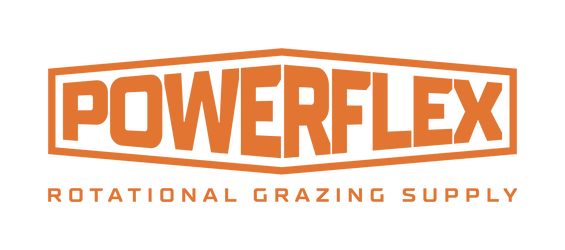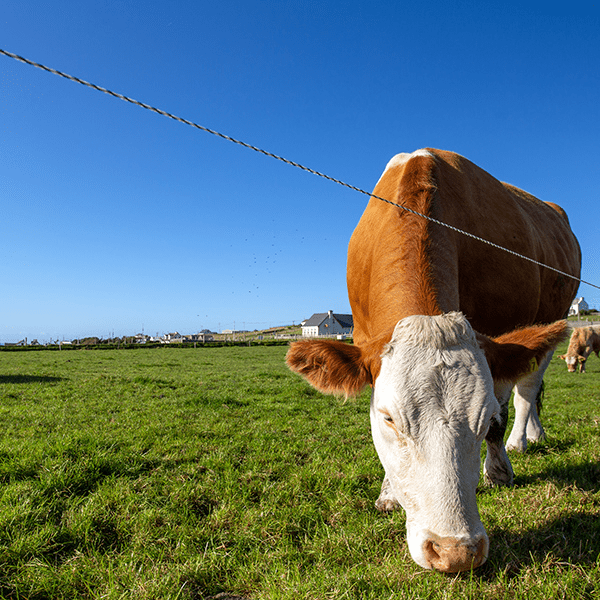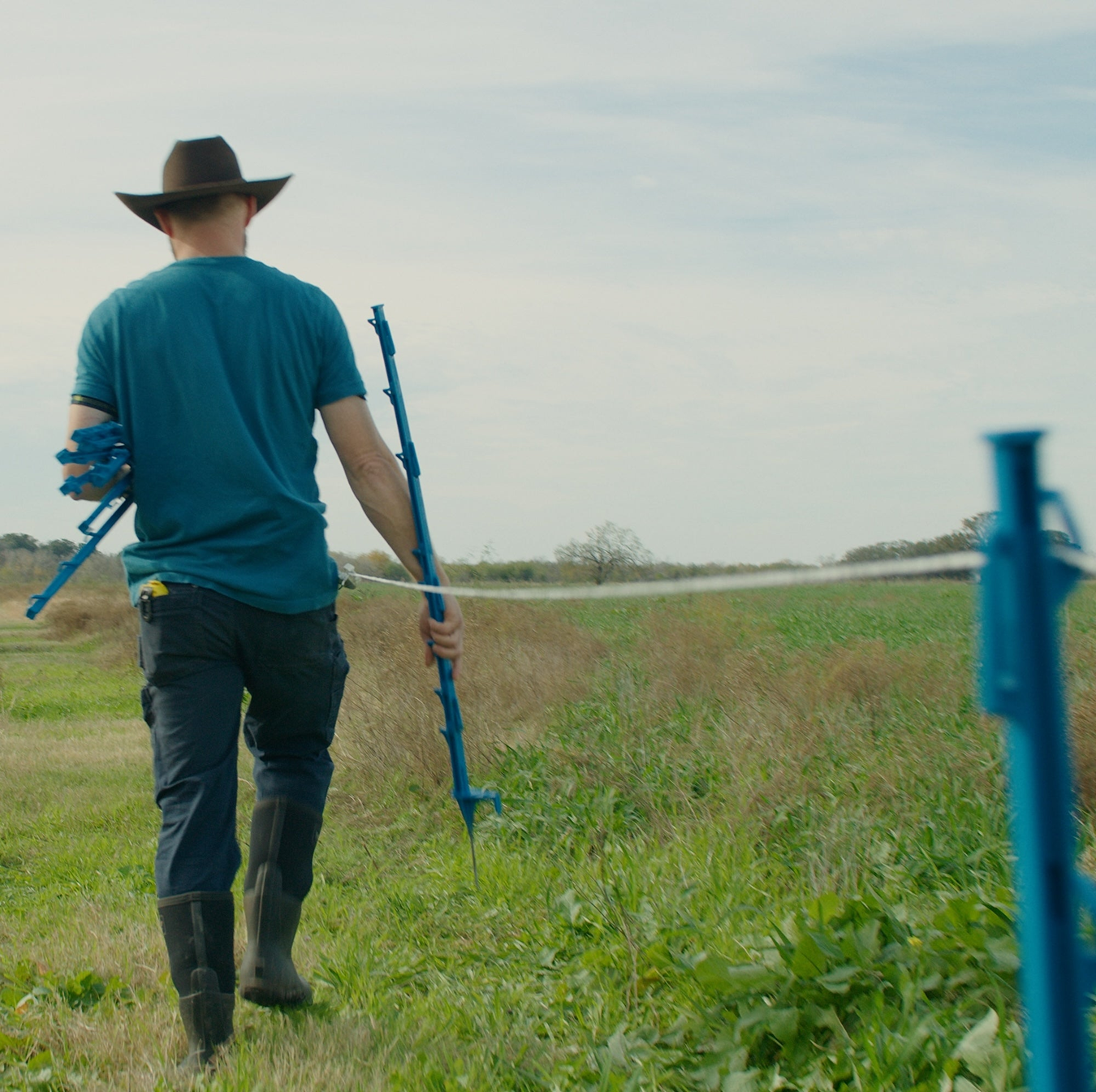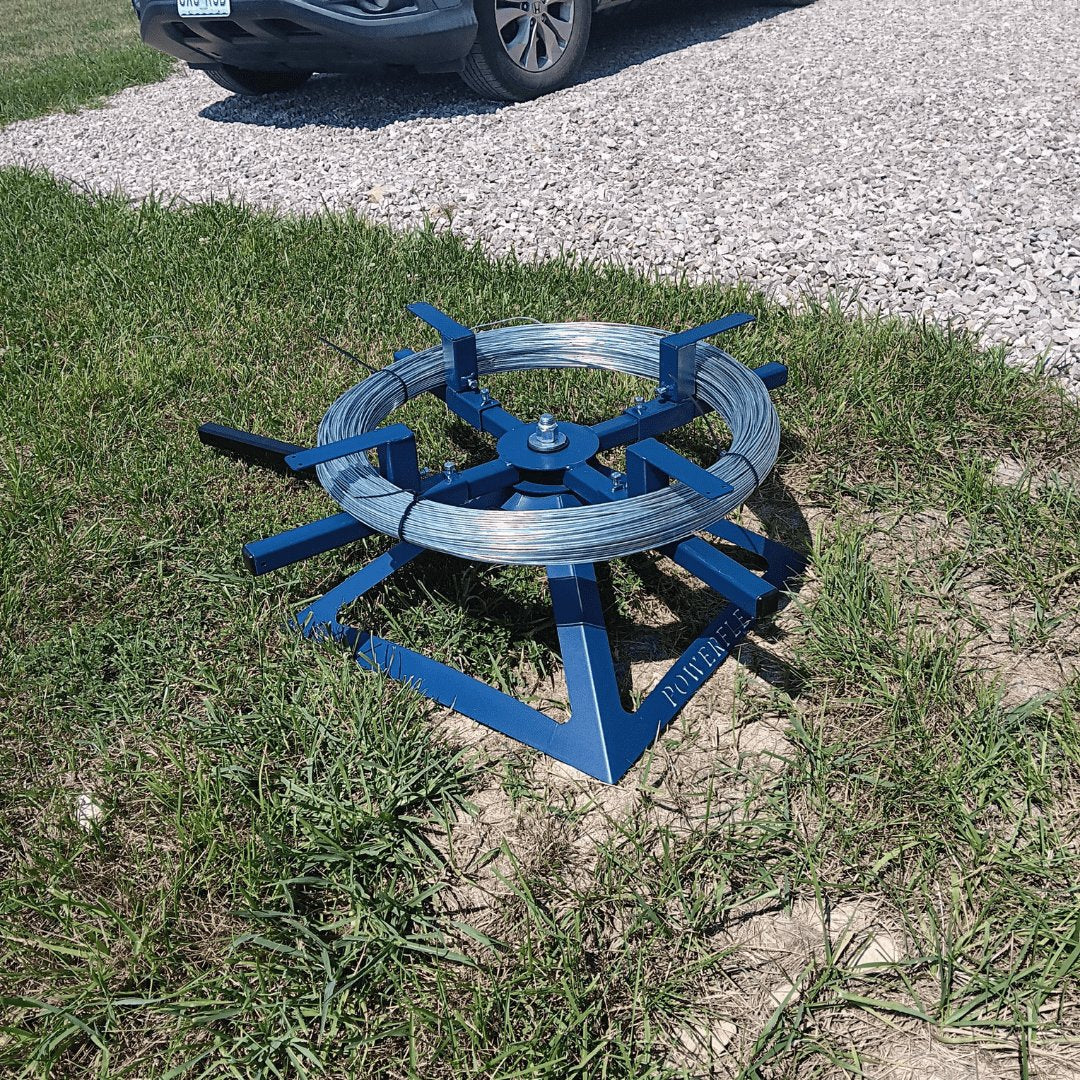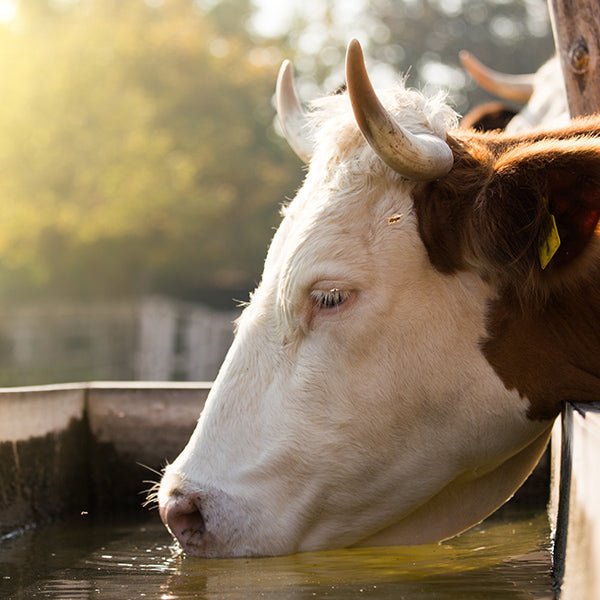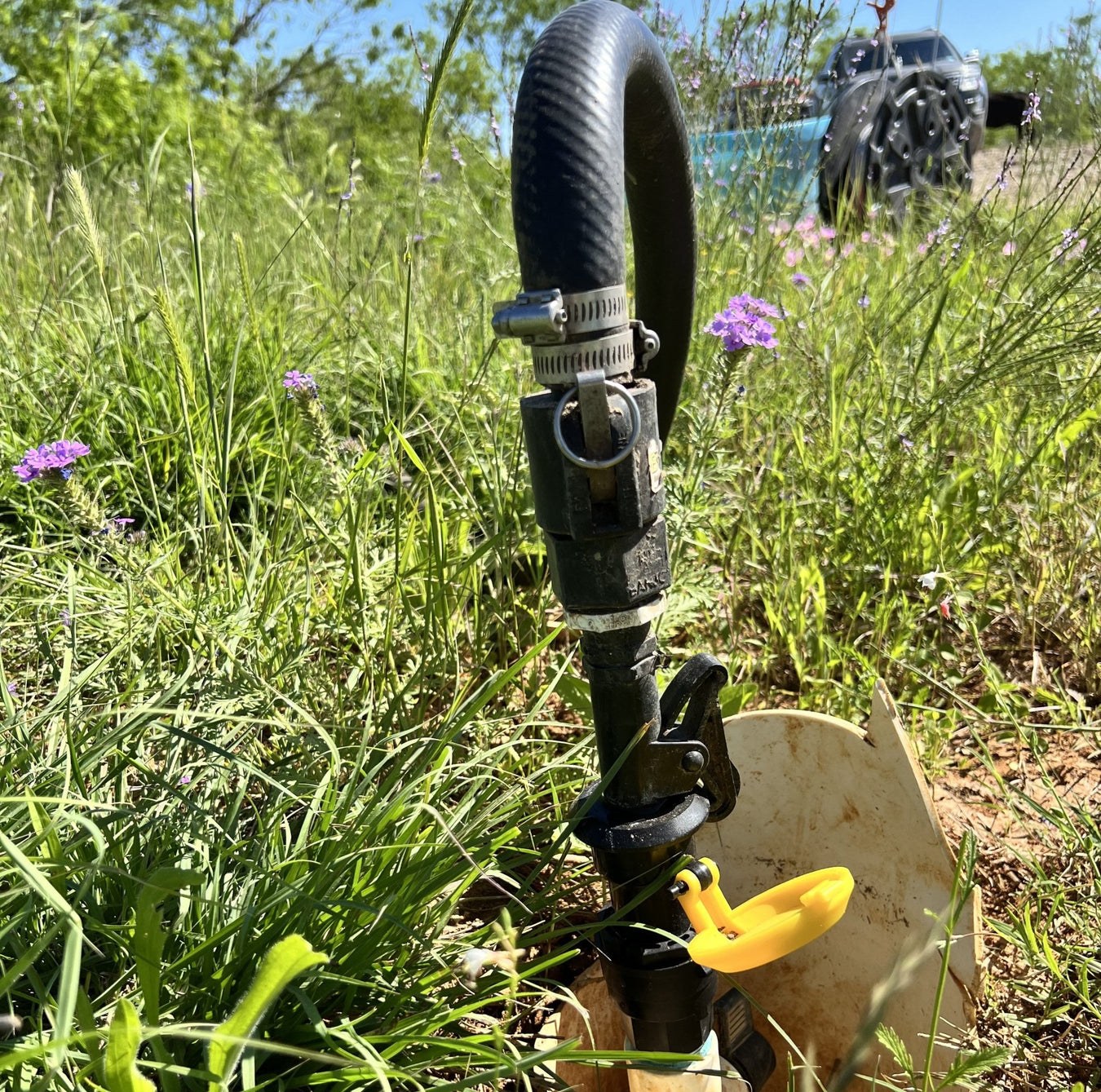
1. Assess Your Situation
Context matters, and understanding the environment around you makes a big difference in implementing processes based on your local climate, geography, resources, skills, family dynamics, intentions and goals. Pasture Map is a valuable resource to have at your fingertips; Powerflex can help get you started.
2. Optimize Disturbance
In nature, there are no mechanical or chemical disturbances - if there are, it should be relatively rare. This ecosystem is made up of not only soil but plants as well. Disturbances like hoove impact or grazing have a positive impact on the land whereas instances using mechanical tillage are not natural or optimal.
3. Build Surface Armor
Grow healthy forage and maintain forage residues during the active and dormant seasons to maintain healthy, regenerative soil. Overgrazing and overstocked ranches or farms do not sustain a recoverable ecosystem; it is done through effective grazing management.
4. Animal & Plant Diversity
This can be achieved by grazing many species of animals on various types of forage both above and below ground; with a diversity of plants, microbes, insects, wildlife, and livestock, a functionally healthy ecosystem is possible. Mother Nature doesn’t grow monocultures - successful land stewards see the results.
5. Year-long Root Growth
On healthy, native rangelands there are hundreds of plant species with roots that are constantly growing year-round whether that be in the warm or cool seasons. Graziers managing polycultures of seasonal perennial forages or overseeding with annual cover crops fill gaps when primary forage is dormant.
6. Livestock Integration
How regenerative ranchers manage their livestock is key. This is where the five grazing fundamentals come into play. Having a written grazing management plan, having an unwritten plan, or not having a plan will inform the results you ultimately see from your operation. This is where Powerflex can help.
